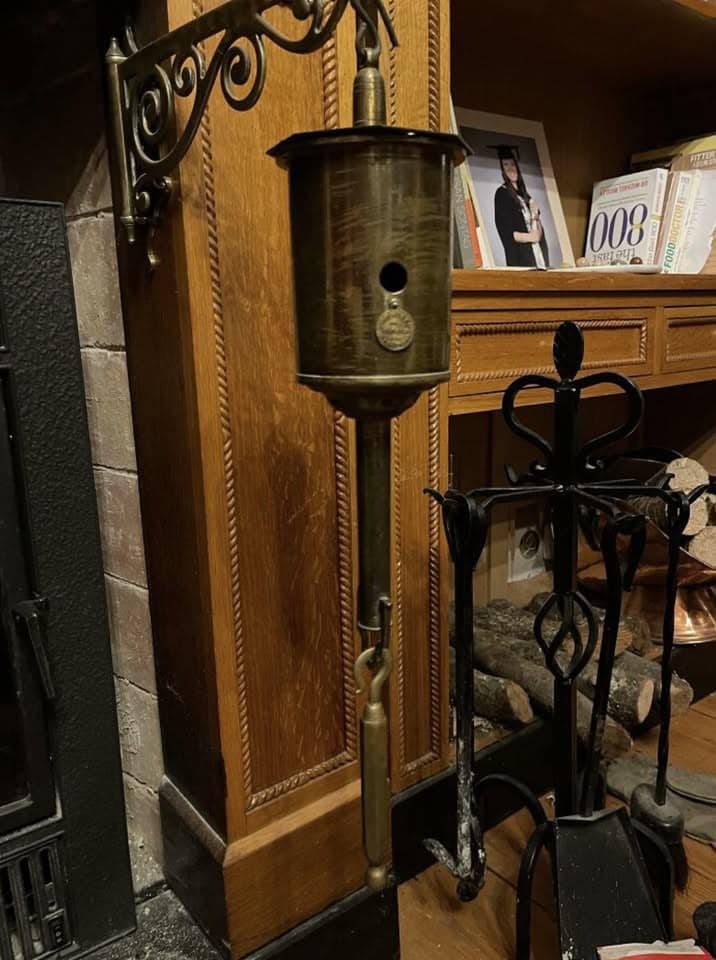In the amber warmth of a hearth’s glow, the methodical ticking of gears and the gentle rotation of a spit were once the heartbeat of the kitchen. This is the realm of the turnspit, a clever contraption that now stands silent sentinel by fireplaces in the homes of antiquity aficionados and history enthusiasts.
The turnspit, a device born out of necessity and ingenuity, is a relic from an era when the hearth was the heart of the home. Imagine a time when the scent of roasting meat filled the air, and the sound of cogs and wheels provided a mechanical symphony that underscored the culinary endeavors of the day. This was a piece of technology that, in its own right, revolutionized cooking in the days before electric ovens and gas ranges.
To behold a turnspit is to cast one’s imagination back to when families gathered around the fireplace not just for warmth, but for sustenance. The device, often cylindrical and forged from brass or iron, would be mounted on the side of the fireplace. Inside its metal shell, a series of gears waited patiently for the hand that would wind them tight. Once engaged, these gears would begin their diligent work, turning the spit that skewered the day’s meal, ensuring that the roast was evenly bathed in the fire’s embrace.
Life during the turnspit’s era was marked by a rhythm that modern times often neglect. The morning would begin with the stoking of the fire and the preparation of meats and vegetables harvested from one’s own land. The turnspit was a testament to the ingenuity of those times—a tool that allowed the cook freedom to tend to the myriad other tasks of the day. Children would marvel as it spun, their eyes wide with the magic of it, not yet understanding the mechanics at play.
